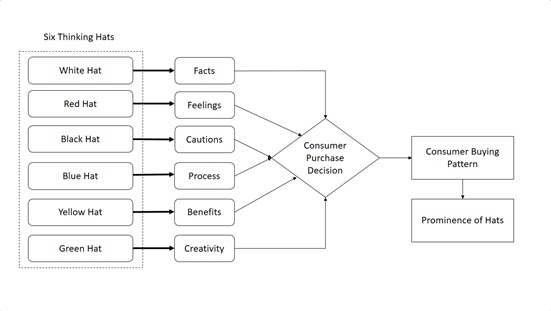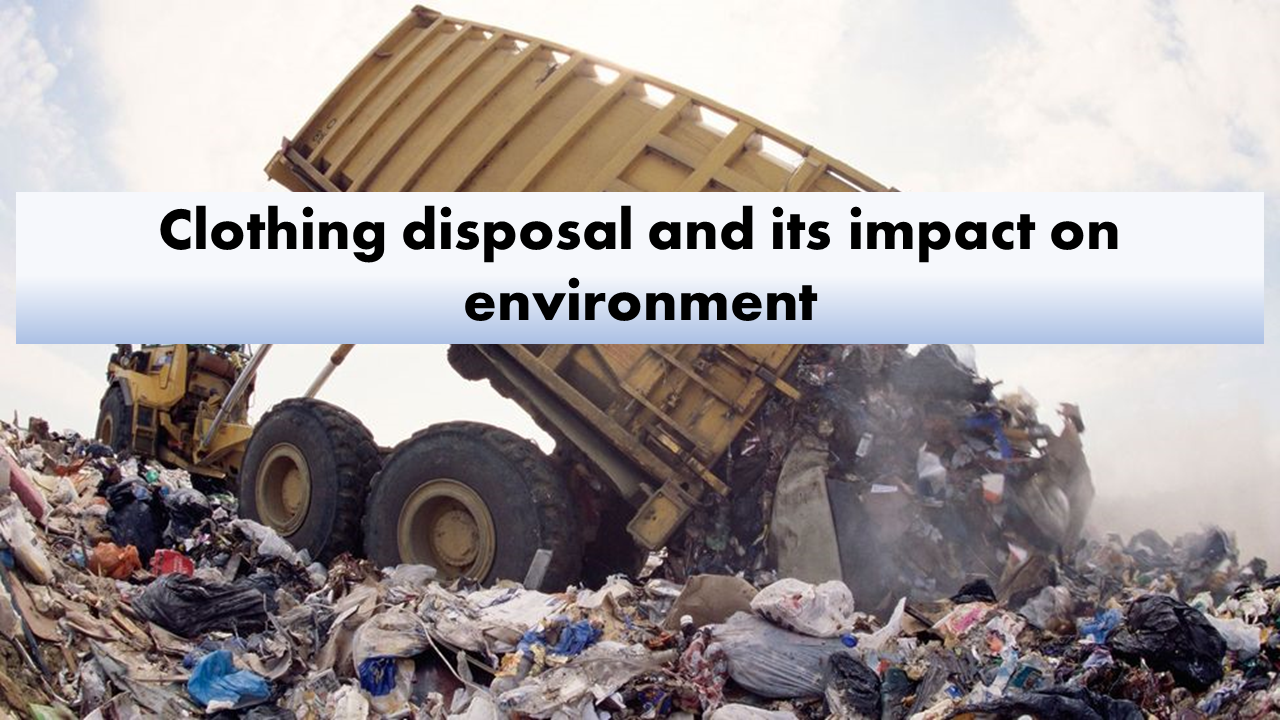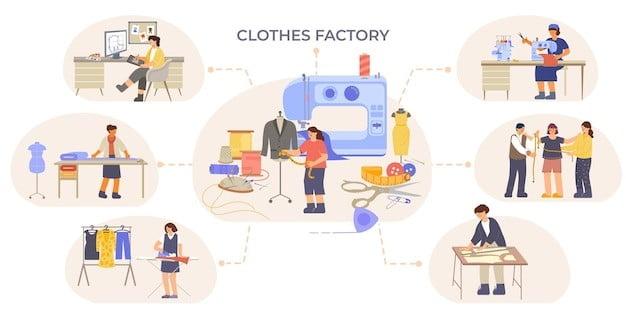Logistics
management is known as the segment of supply chain management which task is to plan, execute and control the efficient, effective forward, and reverse
flow and storage of goods, services, and related information between the point
of origin and the point of consumption in order to fulfill customer’s
requirements.
management is known as the segment of supply chain management which task is to plan, execute and control the efficient, effective forward, and reverse
flow and storage of goods, services, and related information between the point
of origin and the point of consumption in order to fulfill customer’s
requirements.
- Right Product
- Right Quality
- Right Condition
- Right Place
- Right Time
- Right Customer
- Right Price
Logistics Function:
- Transportation: Many modes of transportation play a bit part in the movement of goods through supply chains: air, rail, road, water,
pipeline. Picking the most efficient merger of these modes can
measurably boost the value generated for customers by lowering delivery costs,
improving the speed of delivery, and reducing damage to products. - Warehousing: When
inventory is not on the progress between locations, it may have to employ some time
in a warehouse. Warehousing is known as the ventures related to obtaining, storing,
and shipping materials to and from production or distribution locations. - Third-
and fourth-party logistics:Like
other stands of supply chain management, the various logistics functions can
be deployed to firms that specialize in some or all of these services.
Third-party logistics providers (3PLs) actually perform or run one or more
logistics services. Fourth-party providers (4PLs) are logistics experts and
act the bit part of general contractor by getting hold of the entire logistics
function for an organization and synchronizing the combination of divisions or
subcontractors to perform the specific tasks involved. - Reverse
logistics (or the reverse supply chain)A new scope of supply chain management is reverse logistics, or how best to
drive the return, reuse, recycling, or disposal of products that make the
reverse journey from the customer to the supplier. This business can be lifted
at a loss, or it can actually become a profit center.
Logistics Value Proposition:
The logistics value proposition comes from a especial commitment of your firm to an individual customer or select group
of customers. The value stands from your capability to find exactly how to balance
logistics costs against the proper level of customer service for each of
your key customers.
of customers. The value stands from your capability to find exactly how to balance
logistics costs against the proper level of customer service for each of
your key customers.
So
you need to determine the exact recipe and proportion of ingredients in
order to meet a particular customer’s logistical expectations and requirements.
How will you know when you’ve got the right balance? If you keep in mind that
logistics must be directed as an integrated attempt to achieve customer
satisfaction at the lowest total cost, then it makes sense that service and
cost minimization are the main elements in this proposition.
you need to determine the exact recipe and proportion of ingredients in
order to meet a particular customer’s logistical expectations and requirements.
How will you know when you’ve got the right balance? If you keep in mind that
logistics must be directed as an integrated attempt to achieve customer
satisfaction at the lowest total cost, then it makes sense that service and
cost minimization are the main elements in this proposition.
Service:
In
the most of the cases, the cost-benefit effect of a logistical failure is
directly related to the importance of the service to the customer. When a
logistical failure will have a notable impact on a customer’s business,
error-free logistics service should receive top priority. Such service
hints that the customer order was complete, delivered on time, and
consistently correct over time.
the most of the cases, the cost-benefit effect of a logistical failure is
directly related to the importance of the service to the customer. When a
logistical failure will have a notable impact on a customer’s business,
error-free logistics service should receive top priority. Such service
hints that the customer order was complete, delivered on time, and
consistently correct over time.
Cost
Minimization:
Minimization:
The
second component of the value proposition is cost minimization that should be
simplified as the total cost of logistics in order to be exact. It have to be kept mind that the total of all logistical costs should be minimized and not be used on cost reductions in one area alone.
second component of the value proposition is cost minimization that should be
simplified as the total cost of logistics in order to be exact. It have to be kept mind that the total of all logistical costs should be minimized and not be used on cost reductions in one area alone.
Source: https://aims.education/
Texpedi.com
Check out these related articles:









1 thought on “Role of Logistics in Supply Chain | Supply Chain Management”